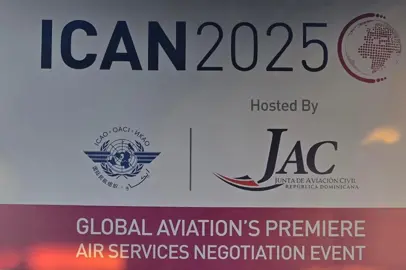Entry-Exit System (EES) in Europe
Starting from 12 October 2025, the new Entry/Exit System (EES) will come into operation in all European Union countries, the electronic system designed to modernise border controls, make them faster and safer for Travellers and strengthen the internal security of the Schengen area.
The roll-out will be phased at the external borders until 9 April 2026, with full operation from 10 April 2026 at all crossing points.
The system covers third-country nationals travelling for short stays (up to 90 days in a 180-day period) and digitally records every entry into and exit from European borders.
Entry/Exit System (EES)
The Entry/Exit System (EES) is a digital system designed to monitor the entry and exit of citizens of non-EU countries within the Schengen area in an advanced way. Today, the practice is to stamp your passport, but with the introduction of the EES, this method will be replaced by a more modern, precise and secure electronic solution.
The system records and stores a series of fundamental data in digital format: the biometric information of Travellers (fingerprints and facial scans), entry and exit times, as well as the location of the borders crossed.
The EES will make it possible to:
- modernising border management through secure electronic registers and automated controls.
- improve the experience of Travellers, progressively reducing waiting times.
- prevent irregular immigration, reporting cases of overstay and ensuring reliable data on entry, exit and refusal of access.
- strengthen internal security, countering document and identity fraud through biometric data and supporting authorities in the prevention and investigation of terrorism and other serious crimes.
Watch the Entry/Exit System (EES) information video
The European countries that use the EES system are: Austria, Belgium, Bulgaria, Czechia, Denmark, Estonia, Finland, France, Germany, Greece, Hungary, Iceland, Italy, Latvia, Liechtenstein, Lithuania, Luxembourg, Malta, Netherlands, Norway, Poland, Portugal, Romania, Slovakia, Slovenia, Spain, Sweden and Switzerland.
As far as Italian airports are concerned, according to the national implementation plan, in Italy the EES has been operational since 12 October 2025 initially at Fiumicino (FCO) and Malpensa (MXP) airports and, since 20 October, at all other Italian airports.
For official information and updates, you can consult the official EES website.






